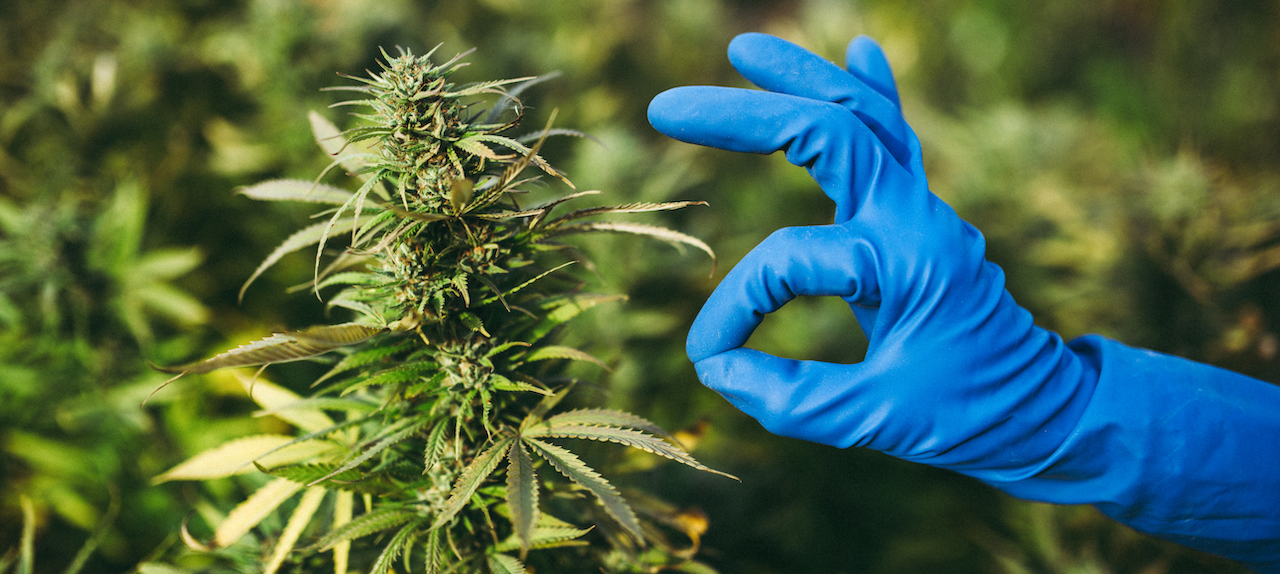Cannabis, like any agricultural crop, can be exposed to a variety of contaminants during cultivation, processing, and packaging. These contaminants can pose a serious health risk to consumers if they are not properly identified and managed. As a result, there is growing interest in “clean cannabis,” or cannabis that has been rigorously tested for contaminants and found to be safe for consumption.
Common Contaminants
One of the most common contaminants found in cannabis is pesticides. These chemicals are often used to protect crops from pests and disease, but they can also be harmful to humans. Pesticides can build up in the body over time, leading to a range of health problems, including cancer, reproductive issues, and neurological disorders. In order to ensure that cannabis is free from harmful pesticides, growers and processors must use safe and sustainable cultivation practices and conduct regular testing to detect any contamination.
Another potential source of contamination is heavy metals. These metals can be absorbed by the plant from the soil or water used during cultivation, and can accumulate in the buds and leaves. Heavy metals are known to cause a range of health problems, including kidney damage, nervous system disorders, and developmental delays. Testing for heavy metals in cannabis is crucial to ensure that it is safe for consumption.
Other contaminants that may be found in cannabis include mold, fungi, and bacteria. These organisms can grow on the plant if it is not properly dried and stored, and can cause respiratory problems, allergic reactions, and other health issues. To prevent contamination from mold and other harmful organisms, cannabis should be stored in a dry, cool, and well-ventilated area.
Testing & Consumer Protection
Given the potential health risks associated with contaminated cannabis, it is important for consumers to seek out products that have been rigorously tested for contaminants. In some states, such as California, cannabis products are required to undergo testing for a range of contaminants, including pesticides, heavy metals, and mold. Consumers can look for products that have been certified as “clean” by independent testing laboratories, or that display labels indicating that they have been tested for contaminants.
In addition to protecting consumers, the push for clean cannabis is also driving innovation in the cannabis industry. Companies that are committed to producing safe and sustainable cannabis are developing new technologies and cultivation practices that minimize the risk of contamination. This includes the use of natural pest control methods, such as predatory insects and beneficial fungi, as well as advanced testing technologies that can detect contaminants at very low levels.
As the cannabis industry continues to grow and mature, the importance of clean cannabis will only continue to increase. Consumers and industry stakeholders alike have a responsibility to ensure that cannabis products are safe, sustainable, and free from harmful contaminants. By working together to promote clean cannabis, we can help to build a healthier, more responsible cannabis industry for generations to come.



